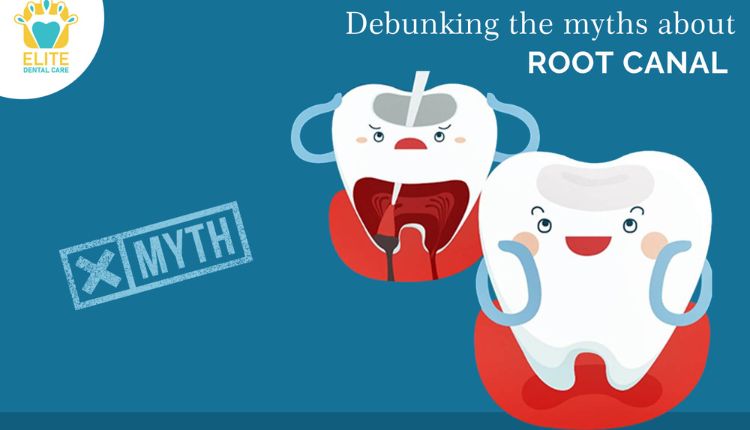Preventive care plays a crucial role in maintaining oral health. Regular dental visits can help prevent the need for more extensive treatments, like crown dental work Honolulu HI residents often experience. Three key components of preventive care include routine cleanings, thorough exams, and patient education. Cleanings remove plaque and tartar, which can lead to cavities and gum disease.
Exams help identify potential issues early, making them easier and less costly to treat. Education empowers individuals to care for their teeth and gums, reducing the likelihood of problems. By focusing on prevention, we can avoid the pain and expense of more serious dental procedures. Routine care is more effective after treatment and can help maintain any corrective work. This proactive approach not only ensures better dental health but also supports overall well-being. Embracing preventive care is a smart choice for anyone looking to keep their smile healthy and bright.
Key Benefits of Preventive Care
Preventive dental care offers multiple benefits. It saves money by reducing the likelihood of costly procedures. Regular check-ups allow for early detection of issues, making treatments simpler and less expensive. Keeping up with dental visits contributes to fresh breath and prevents unsightly build-up on teeth.
- Cost Savings: Early detection and prevention mean avoiding expensive treatments.
- Health Benefits: Prevents the progression of minor issues into major health concerns.
- Cosmetic Benefits: Maintains a clean and attractive smile.
Components of Preventive Dental Care
Understanding the elements of preventive care helps maximize its benefits. Here are the three main components:
1. Routine Cleanings
Cleanings are crucial for removing plaque and tartar. If left unchecked, these can lead to cavities and gum disease. The cleaning process also helps in polishing your teeth, leaving them smooth and less likely to attract more plaque.
2. Thorough Exams
Dental exams do more than just check for cavities. Dentists also look for signs of gum disease, oral cancer, and other health issues. Early detection of these conditions can lead to more effective treatments.
3. Patient Education
Education empowers individuals to maintain oral health between visits. Understanding the correct brushing and flossing techniques is vital. Knowing which foods and habits to avoid also plays a large role in oral health maintenance.
Comparing Preventive and Reactive Care
To highlight the importance of preventive care, let’s compare it with reactive care:
| Aspect | Preventive Care | Reactive Care |
| Cost | Lower | Higher |
| Health Impact | Prevents issues | Treats existing issues |
| Time Commitment | Regular, short visits | Longer, more frequent treatments |
National Guidelines and Recommendations
Following guidelines from authoritative sources can make a difference in your dental health. According to the Centers for Disease Control and Prevention, brushing twice a day with fluoride toothpaste and flossing daily are key components of good oral hygiene.
The National Institute of Dental and Craniofacial Research also stresses the importance of a balanced diet. Limiting sugary snacks and drinks can significantly reduce the risk of tooth decay.
Embracing a Preventive Approach
Embracing preventive dental care is a step towards better health. Adopting preventive measures ensures not only a bright smile but also overall well-being. By following regular check-ups, and cleanings, and maintaining good oral hygiene at home, we can enjoy the long-term benefits of a healthy mouth. Investing in preventive care today means fewer issues tomorrow, making it a wise choice for anyone seeking to improve their dental health.
